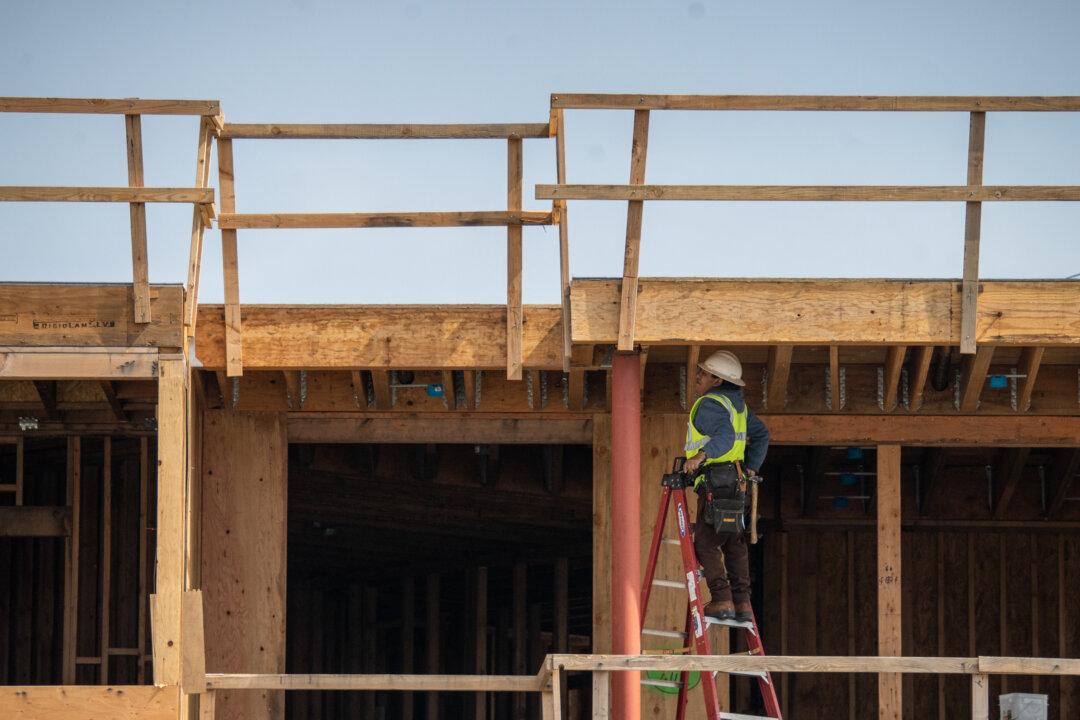California cities are losing local control as state-mandated housing to battle what officials call the state’s “housing crisis” sweeps the Golden State, experts say, with some afraid of losing their small-town feel.
The state’s housing department requires local jurisdictions every eight years to plan for housing, including that which is deemed “affordable” sold at or below market rate, as part of what’s known as a Housing Element.






